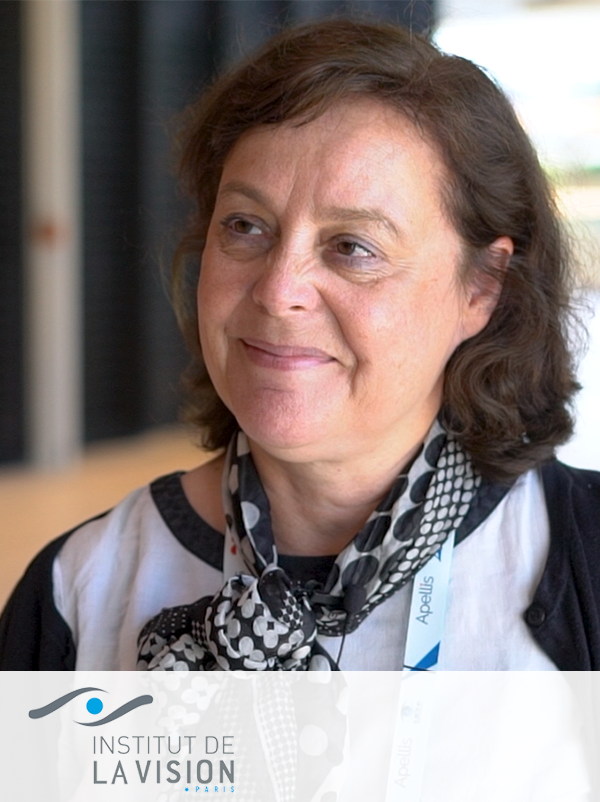Research We Fund
Save Sight Now directly funds translational research programs focused on accelerating treatments for Usher syndrome type 1B.
We fund work that addresses critical scientific and regulatory gaps limiting progress toward vision-saving therapies. We have built a targeted funding roadmap and are actively executing it to remove these barriers and advance treatments toward the clinic.
Funded Research Programs
-

David Gamm, MD, PhD
Director, McPherson Eye Research Institute
University of Wisconsin–MadisonProject Goal: Dr. Celia Bisbach, in collaboration with Dr. David Gamm, is elucidating the human MYO7A interactome to improve understanding of Usher syndrome type 1B and enable the development of potency assays. This foundational work supports future therapeutic testing and regulatory readiness.
-

Brian A. Link, PhD
Professor, Department of Cell Biology, Neurobiology & Anatomy, Medical College of Wisconsin
Project Goal: Led by Dr. Brian Link with support from PhD candidate Alanna Sullivan, this project investigates cell-type–specific MYO7A functions and protein interactions using a zebrafish model of Usher syndrome type 1B. The model enables targeted study of MYO7A’s role in photoreceptor health and supports the development of future therapeutic strategies.
-

Isabelle Audo, MD, PhD
Assistant Professor of Medicine – Hospital Practitioner & Deputy Director Institut de la Vision, Paris
Project Goal: Led by Dr. Isabelle Audo at the Institut de la Vision in Paris, in collaboration with Drs. Deniz Dalkara, Aziz El-Amraoui, and Serge Picaud, this five-year, multi-track project integrates clinical and therapeutic research to advance gene therapy for Usher syndrome type 1B. The team is investigating USH1B genotype–phenotype correlations, natural history (via the Light4Deaf study), and molecular disease signatures. Therapeutic strategies under development include CRISPR/Cas9 gene editing and a mini-gene approach to correct MYO7A mutations. This comprehensive effort is designed to accelerate translational outcomes and guide future clinical trials.
-

Mark Pennesi, MD, PhD
Professor and Chief of Ophthalmic Genetics, Casey Eye Institute, Oregon Health & Science University
Project Goal: Led by Dr. Kathleen Chirco in collaboration with Dr. Mark Pennesi, this project successfully generated RPE and photoreceptor cell lines from a patient with MYO7A mutations causing Usher syndrome type 1B. These models provide a critical platform for evaluating potential therapies.
-

Uwe Wolfrum, PhD
Professor, Institute of Molecular Physiology
Johannes Gutenberg University MainzProject Goal: Led by Drs. Uwe and Kerstin Wolfrum at Johannes Gutenberg University, this project characterizes a naturally occurring USH1B pig model with MYO7A mutations. The team is developing a porcine colony to study disease mechanisms and support preclinical testing of retinal therapies in a model that better reflects human eye structure.
-

Martha Neuringer, MD, PhD
Professor, Oregon National Primate Research Center & Research Associate Professor of Ophthalmology
Oregon Health & Science UniversityProject Goal: Led by Dr. Martha Neuringer at Oregon Health & Science University and the Casey Eye Institute, this three-year project has successfully created a nonhuman primate model of Usher syndrome type 1B using CRISPR/Cas9. The model exhibits all three key phenotypes of USH1B—balance dysfunction, profound hearing loss, and early-onset retinal degeneration—and provides a highly translational platform for studying disease mechanisms and testing potential therapies.
-

UNI-RARE Natural History Study
A cohort of 45 patients with USH1B enrolled (2024)
Project Goal: Funded in part by Save Sight Now and sponsored by the Foundation Fighting Blindness, the UNI-RARE study is a natural history study focused on inherited retinal diseases, including Usher syndrome type 1B. By tracking disease progression over time, this study helps define clinical endpoints, informs trial design, and supports regulatory approval pathways—laying essential groundwork for future USH1B therapies.
